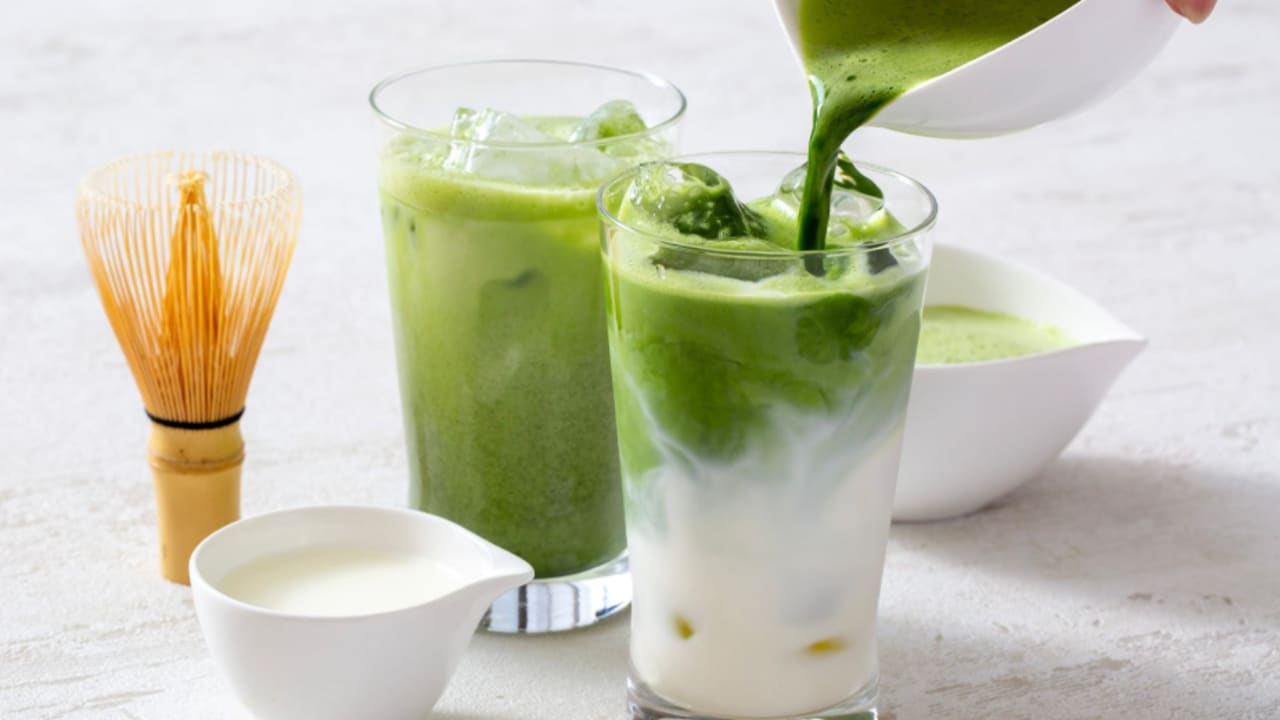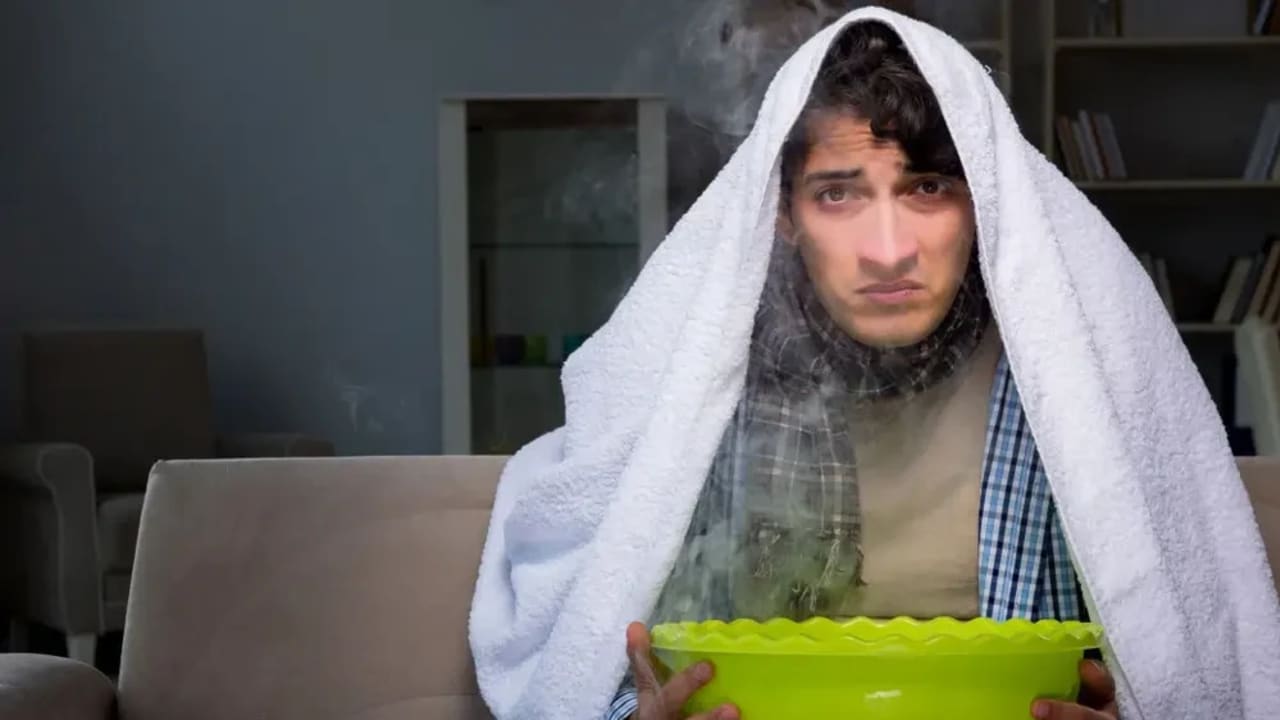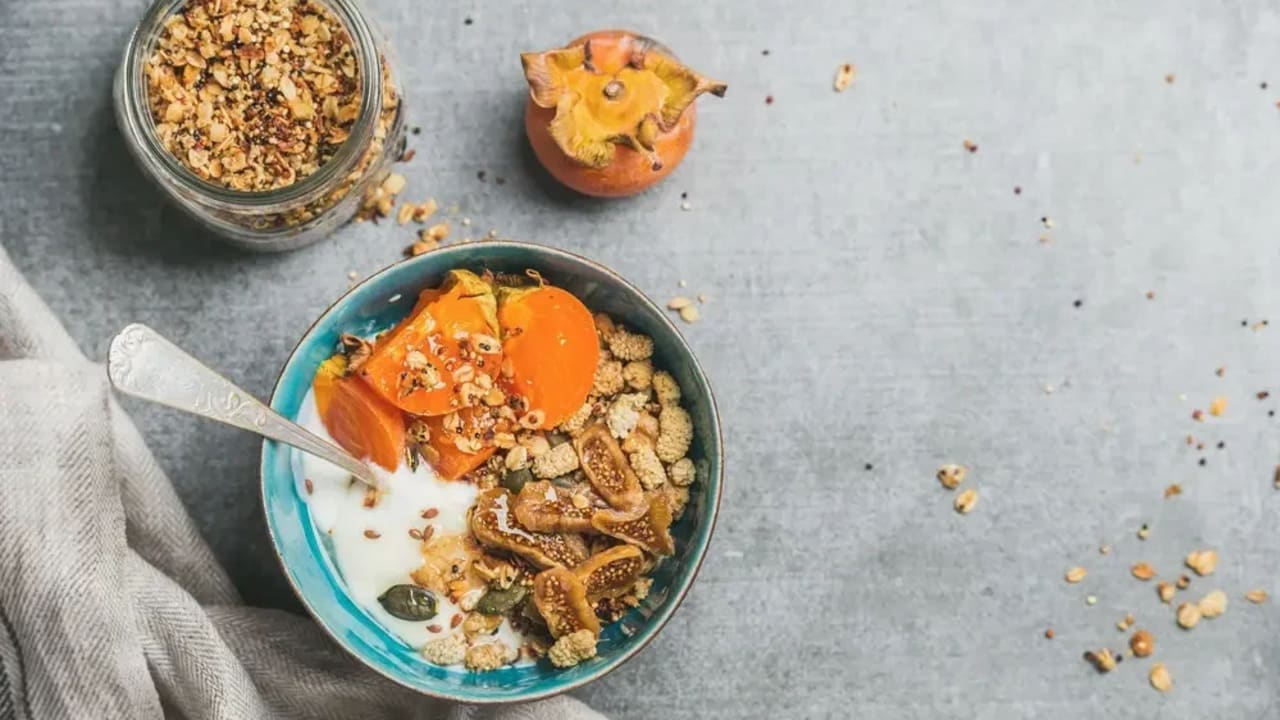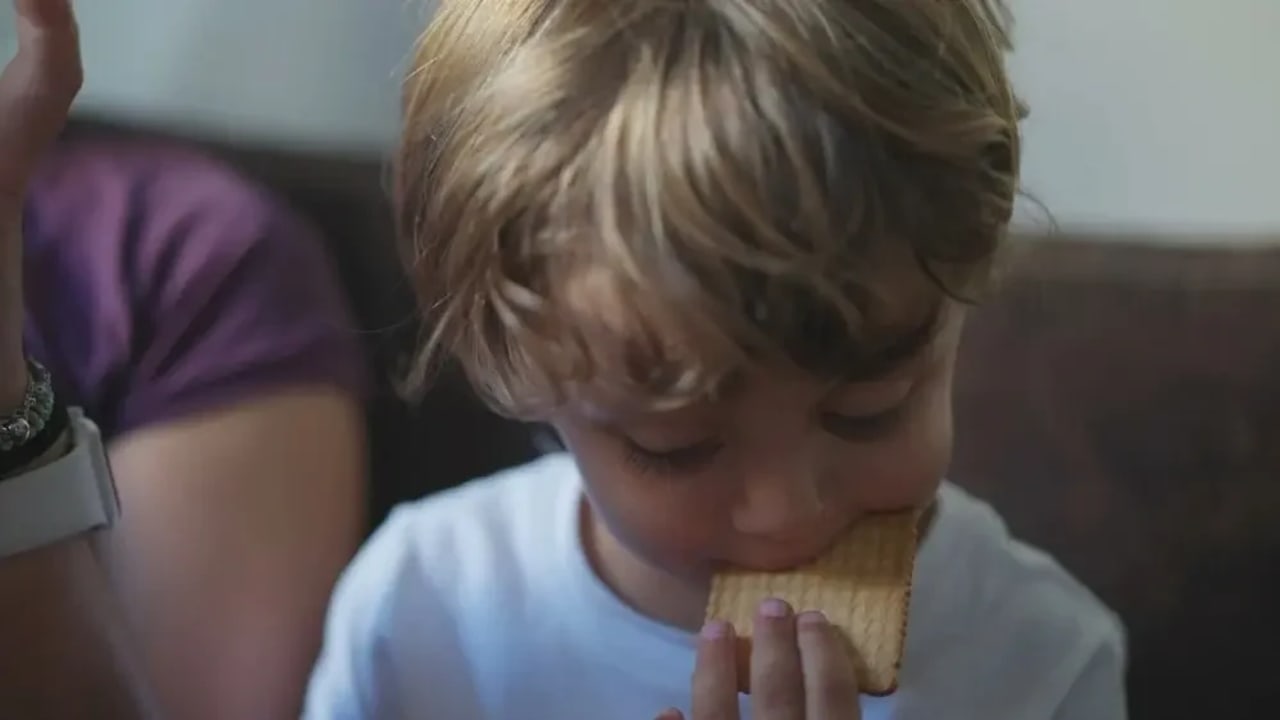Jerusalem Post/Health & Wellness
Once a traditional Japanese beverage, matcha surged in global popularity, becoming the drink of choice among Gen Z and beyond. Known as the "Gen Z green juice," matcha's green hue gained prominence on platforms like Instagram, making it a favorite among social media influencers, according to British Vogue.
Matcha is a concentrated green powder made from the whole leaves of the green tea plant, Camellia sinensis. These leaves are shade-grown to develop more chlorophyll, resulting in a deep green color and a stronger flavor profile, explained British Vogue. This cultivation process not only enhances the tea's color but also contributes to its distinctive taste and nutritional properties.
"This shading process allows the plants to ripen longer and store more nutrients, resulting in a vegetal, grassy, and sometimes bitter taste," British Vogue notes.
Once a traditional Japanese beverage, matcha surged in global popularity, becoming the drink of choice among Gen Z and beyond. Known as the "Gen Z green juice," matcha's green hue gained prominence on platforms like Instagram, making it a favorite among social media influencers, according to British Vogue.
Matcha is a concentrated green powder made from the whole leaves of the green tea plant, Camellia sinensis. These leaves are shade-grown to develop more chlorophyll, resulting in a deep green color and a stronger flavor profile, explained British Vogue. This cultivation process not only enhances the tea's color but also contributes to its distinctive taste and nutritional properties.
"This shading process allows the plants to ripen longer and store more nutrients, resulting in a vegetal, grassy, and sometimes bitter taste," British Vogue notes.
Nutritional therapist Farzanah Nasser highlighted the health benefits associated with matcha consumption. "Drinking matcha can help improve mood and cognitive functions, while reducing bad cholesterol and promoting liver detoxification," said Nasser. Matcha contains catechins, antioxidants that contribute to the protection of cells and strengthen the immune system.
Despite its benefits, balance is key when consuming matcha. "Matcha contains caffeine, of which excess can harm sleep quality and even cause anxiety," Nasser advised.
For those concerned about iron levels, Nasser explained that matcha contains tannins that bind to non-heme iron, blocking the body's ability to absorb the mineral. "Individuals do not need to avoid matcha altogether but should include foods rich in vitamin C in their meals to improve the absorption of non-heme iron from foods," advised Nasser, as reported by British Vogue. Consuming matcha between meals and avoiding it at the same time as iron-rich plant foods may also be beneficial.
Warming the bowl beforehand, moistening the bamboo whisk, and whisking the matcha powder into a foamy consistency enhances the overall experience, making it a moment of calm in a busy day.
Matcha's popularity is not without its challenges. Japan Today reported that despite efforts to more than double matcha production in the past ten years, it is still not enough to meet increasing worldwide demand. China is currently the leading producer of matcha, but much of its matcha is sold domestically. Seeing the potential for exports, the Japanese government began subsidizing green tea production to focus Japan's shrinking agricultural labor force on matcha.
Industry insiders are expressing concerns about a "matcha crisis," with it becoming hard to secure. If both supply and demand continue on their current course, there may be a full-blown matcha supply shock, causing prices to spike and throwing the future of matcha into turmoil.






.jpeg)











